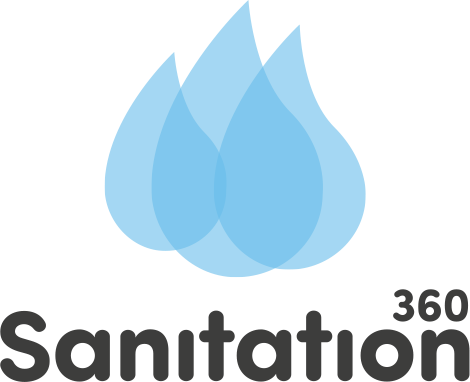Why urine?
Urine makes up only about 1% of our wastewater by volume, yet it contains 70–80% of the nutrients. In our human excreta alone, urine accounts for 80-90% of nitrogen, 50-65% of phosphorus and 50-80% of potassium found in human excreta. Therefore, by focusing on the urine fraction, we can more easily store, transport and process the liquid, whilst still recycling most of the nutrients in our wastewater. Urine is also unique in being the wastewater fraction with the least number of pathogens and heavy metals – making it less energy intense to process and safely manage.
References:
Viskari, E.L., Grobler, G., Karimäki, K., Gorbatova, A., Vilpas, R., & Lehtoranta, S. (2018). Nitrogen Recovery With Source Separation of Human Urine—Preliminary Results of Its Fertiliser Potential and Use in Agriculture. Frontiers in Sustainable Food Systems, 2, 32. https://doi.org/10.3389/fsufs.2018.00032
Wald, C. (2022). The urine revolution: How recycling pee could help to save the world. Nature, 602(7896), 202–206. https://doi.org/10.1038/d41586-022-00338-6
Senecal, J. (2020). Safe Nutrient Recovery from Human Urine—System and Hygiene Evaluation of Alkaline Urine Dehydration. Department of Energy and Technology, Swedish University of Agricultural Sciences. https://res.slu.se/id/publ/105754
Nagy, J. & Zseni, Aniko. (2017). Human urine as an efficient fertilizer product in agriculture. Agronomy Research. 15. 490-500. https://www.researchgate.net/publication/317745835_Human_urine_as_an_efficient_fertilizer_product_in_agriculture
Hernández Leal, L., Tervahauta, T., & Zeeman, G. (2017). Resource recovery from source separated domestic wastewater; energy, water, nutrients, and organics. In J. M. Lema & S. Suarez (Eds.), Innovative Wastewater Treatment & Resource Recovery Technology: Impacts on Energy, Economy and Environment. London, UK: IWA.

